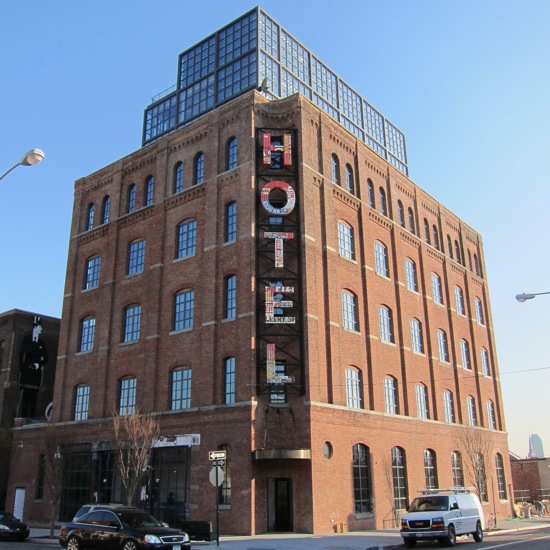The open meeting law does apply to community boards. Public participation is not guaranteed, but open meetings should be. That said, there were other reporters in attendance, so was the meeting actually closed to the public?
Greenpoint is Over
“MarieBelle’s flagship store [is] in New York’s famous Soho District […and it] has a rustic-style Cacao Market in trendy Greenpoint, Brooklyn”.
Based on this press release, I think that we can put February 19, 2019 down in the calendar as the date that Greenpoint officially jumped the gentrification shark.

